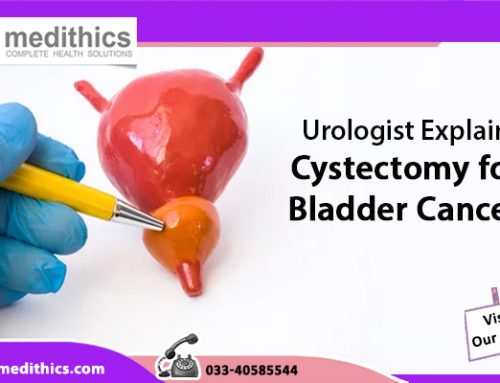Percutaneous NephroLithotomy (PCNL) is an effective way of treating larger kidney stones that measure over 2cm in diameter. PCNL kidney procedure uses a very refined technique that helps in the treatment of complicated and larger stones in a minimally invasive fashion. The good news is the recovery of PCNL kidney procedure is comparatively shorter than an open surgery.
Overview
PCNL, which stands for Percutaneous nephrolithotomy, is a minimally invasive technique used by kidney stone doctors for treating larger kidney stones, measuring over 2cm in diameter. The procedure uses a highly-advanced technique, called keyhole surgery to make an incision about 1cm in the skin to get access to the stone.
The advantages of PCNL kidney involves:
- Making smaller incisions in the skin
- Helping to treat complicated stones in a minimally invasive way
- Ensuring quicker recovery and return to work, reduced hospital stay
The risks of percutaneous nephrolithotomy procedure are minimal if performed by a specially trained urologist by meticulous pre-operative planning. The technology implemented is highly advanced and the equipment used for the surgery ensures minimal side effects and no complications. Before PCNL kidney surgery, these are the preparations to be taken.
Before the Treatment
- Visit your doctor and have a thorough discussion about your physical health. If you have any health concern, inform it to your doctor. Tell him about the medications you are on, so that you can stop taking certain medicines that may interfere with your surgery.
- You will have to undergo specific imaging and testing procedures to help your surgeon determine the size and shape of the stone in more details. It allows the surgeon take a 3-dimensional picture of the stone present in the kidney.
- The nearby structures of your kidney are outlined in the process to allow a good understanding of which parts of the kidney should be avoided during the surgery. The technique allows surgeons to get best access to the stones and ensure a more effective stone clearance procedure.
- Avoid eating or drinking anything 6 hours before the surgery.
- Avoid taking any blood thinners that may interfere with your surgical procedure. Also, stop taking any non-steroidal anti-inflammatories that should be stopped for at least 7-10 days before the surgery.
- A few days before the surgery, you will have to undergo a mid-stream urine test to ensure that your urine is sterile and you are fit to undergo the surgery.
- Kidney stone doctors require taking others tests like your kidney function, clotting profile and full blood count test.
How it is performed
The patient is administered general anaesthesia after which the operation starts. A team of doctors take care of the procedure that involves anaesthesiologist, surgeons, theatre nursing staff and radiographer.
- The entire procedure takes 2-3 hours to complete.
- A small incision is done in the stomach, through which a hollow tube is inserted into the kidney. The surgeons use ultrasounds and X-ray images to view the inside of the stomach while operating.
- The procedure allows surgeons to get access to the kidney stones, use stone grasping instruments to get a grip on them, and direct laser rays to cut through the stones into pieces. With the help of a hollow tube, the fragmented kidney stones are removed.
- At the end, a catheter is placed in the kidney with its exit made through the skin to allow drainage of urine through it.
Recovery
After the surgery is done, you are transferred to the recovery room. The catheter (also called nephrostomy), is kept in place for some days after the surgery to help in drainage of urine from the bladder. It is normal to see blood stains in urine for a week. This is normal unless the blood gets heavier in the urine which should be informed to the urology doctor right away.
After staying for 2-4 days in the hospital, you are discharged. During this time, you may undergo further follow-up surgeries using laser and pyeloscopy for removal of the remaining stones to ensure complete stone clearance. You should be careful for several weeks that follow so that you recover soon. Make sure you listen to your doctor’s instructions and advices to ensure faster recovery from PCNL kidney procedure.






Leave A Comment
You must be logged in to post a comment.